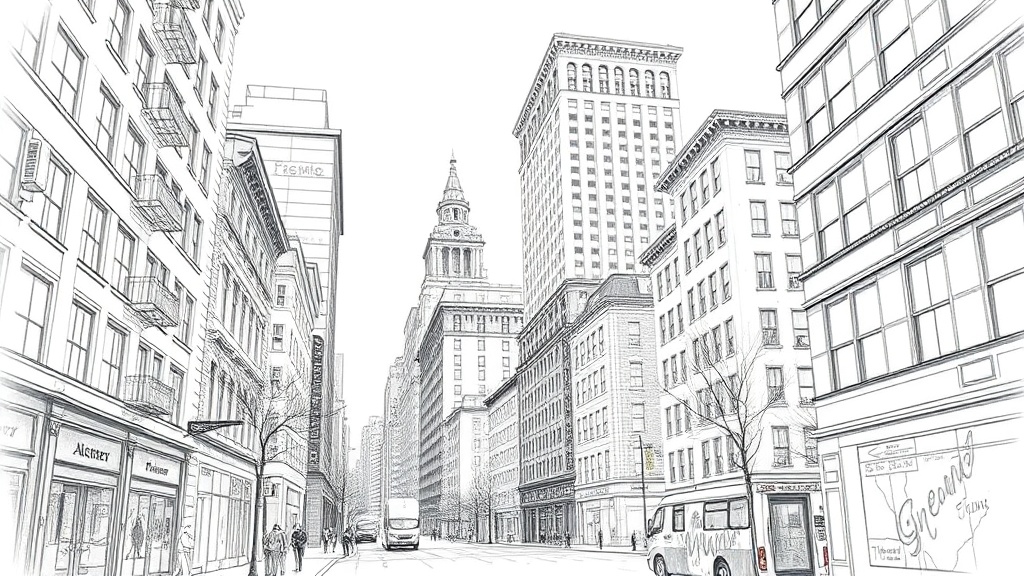Tribeca has evolved from an industrial backwater into one of the city’s most desirable neighborhoods, blending historic character with a polished, family-friendly vibe.
Its signature mix of cast-iron facades, converted warehouses and quiet, cobblestone streets creates an urban atmosphere that’s both cinematic and surprisingly livable.
What makes Tribeca special
– Architecture and streetscape: Walk the neighborhood and you’ll notice wide loft windows, exposed brick and metalwork, plus picturesque small parks tucked between buildings. Streets like Duane and Thames invite leisurely strolling, photography and discovering hidden courtyards.
– Creative pulse: Tribeca remains a magnet for filmmakers, artists and creatives. The neighborhood’s festival draws attention to independent cinema, immersive experiences and new storytelling formats, turning public spaces into temporary theaters and pop-up venues.
– Family-friendly feel: Tree-lined blocks, boutique schools, playgrounds and waterfront green space have attracted many families.
The quieter evenings and weekend kids’ programming help balance the neighborhood’s upscale nightlife.
Things to do
– Waterfront recreation: Hudson River Park’s piers offer walking and biking paths, sports courts and playgrounds. Pier-side lawns and piers are perfect for an evening sunset or a weekend picnic.
– Cultural programming: The neighborhood’s festival season features premieres, panel discussions and outdoor screenings that appeal to cinephiles and casual viewers alike. Keep an eye on local listings for special pop-up events and family screenings.
– Shopping and galleries: Boutique clothing stores, home goods shops and contemporary art galleries dot the area. Browsing is a delight when you want to escape big-box retail and find distinctive pieces.
– Dining: The restaurant scene ranges from high-end tasting menus to casual bakeries and neighborhood cafés. Reservations are wise for popular spots, while low-key cafés offer great people-watching over a late brunch.
Practical tips for visitors and newcomers
– Getting around: Tribeca is walkable; ferries and public transit make it easy to link to other neighborhoods.

Many streets are best explored on foot so plan comfortable shoes for cobblestones and uneven sidewalks.
– Parking and driving: Street parking is scarce and metered; if driving, allow time for parking or consider a nearby garage. Rideshares are convenient for late nights.
– Where to stay: Boutique hotels and high-end apartments occupy converted industrial buildings, offering loft-style rooms, rooftop terraces and quiet street views.
– Best times to visit: Weekdays feel more residential and calm, while weekends host street life, outdoor dining and cultural events that bring a livelier energy.
Real estate and lifestyle
Tribeca’s adaptive reuse of old commercial spaces into luxury lofts has created a distinctive residential market. Buyers and renters seek generous ceiling heights, original architectural details and modern amenities. The neighborhood’s blend of quiet residential blocks and upscale retail makes it appealing for professionals and families alike.
Final thoughts
Tribeca manages to feel both timeless and contemporary: its historic bones preserve a sense of place while an active cultural calendar and evolving dining scene keep things fresh. Whether you’re planning a visit, scouting a new home, or simply exploring the city, Tribeca offers an engaging mix of architecture, culture and waterfront recreation that rewards slow exploration.